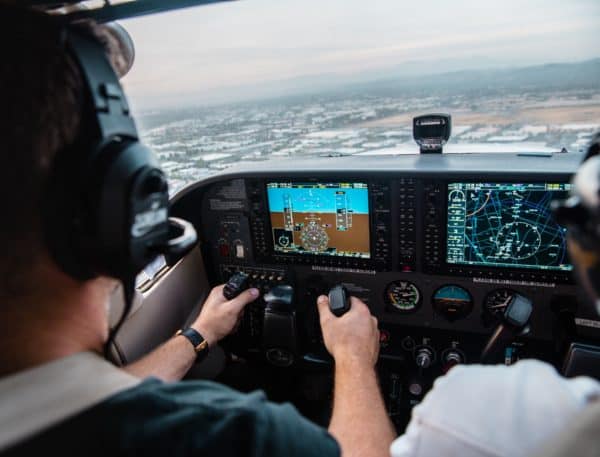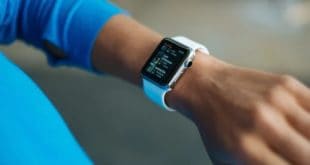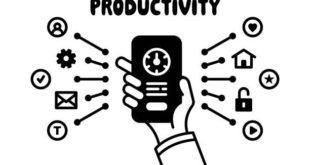VR simulators were a breakthrough that made testing and trying out new stuff easier, safer and much cheaper. The biggest development that the VR technology has seen that has changed it for the better is the haptic system.

Our sense of touch can be classified as passive and active, what the haptic technology deals with is the active touch to communicate or recognize objects. Haptic technology is used in so many areas including but not limited to gaming, computers, robotics, medicine, dentistry, art, aviation, automobile, and virtual reality.
Haptic Technology adds sensation to VR simulators, which mimics the reactions that would have in real life to the actions that the user chooses. The haptic system can transmit vibrations, motions, and sensations to the users to recreate the sense of touch making the system much more efficient and close to real-life.
How the VR Simulator Works With the Haptic Technology –
- Sensors are attached to the user’s hand. These sensors are lightweight so that they do not interfere with natural hand and finger movements.
- The sensors used here look like blood-pressure sensors. The actuators of the sensors are put on the user’s fingertips.
- All the sensors have several actuators attached under a flexible rubber cover. Every actuator can be controlled individually and the range of pressure can be adjusted. The pressure can be changed from light touch to a more distinct contact.
- The headset doesn’t provide you with attachment visibility.
- The actuators apply pressure to the fingertips which replicate the textures, stiffness, and the sensation of holding an object in your hand.
What Does This Mean?
This means that when VR simulators are used with haptic technology for any kind of training, the trainee can feel every force, vibration, and motion that they would in a real-life situation.

For example, when VR simulators are used for a pilot training, the training pilots using it can feel motions of their seat and pressure of every switch and instrument adjustment that they would to use and make when they are learning to fly in severe weather conditions and over difficult terrain.
The system has a psychological element to it, once started, the technology works so well that our brain starts to play along. The connection that the brain makes is through understanding, recognizing, and getting in tune with the physical contact as though it were real.
Final Thoughts
Haptic has been the advancement that was needed for the betterment of VR simulators. Even the military has started using VR technology to refresh the skills of flight personnel with PTSD.
 Gearfuse Technology, Science, Culture & More
Gearfuse Technology, Science, Culture & More


